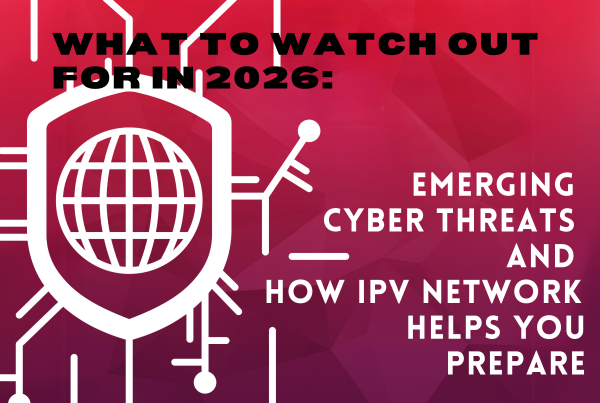It is no secret that there is an increase in malware attacks in recent years. Malware poses serious threats to a company’s privacy and security, creating a hostile environment for all types of users. In our previous article, we discussed the definition of malware and the different types. This article will focus on how to tell if your device is infected with malware.
Signs you have malware
- Slow device performance
It’s important to take note of how your device is operating. If your device is running slower than normal, there is a possibility that your device has malware. it is a common sign to take note of especially if it is out of the blue. If you’re convinced that it’s not the lack of memory and other causes, there’s a high chance that your computer is infected and needs urgent attention.
- Random pop-ups everywhere
Another typical sign of malware is getting pop-up ads everywhere. Numerous malware can be found hidden in popup ads that we see on some websites. These ads, or adware, usually have enticing headlines such as offering opportunities to make lots of money or giving software for free. However, it’s important to always be cautious and not click on malicious links and ads to avoid the possibility of acquiring any type of malware.
- Missing files
Some malware is designed to delete or move around files and programs on a device. It is critical to be vigilant about any suspicious activity that you’ve noticed. A device would not move, delete or change any of your files without the knowledge of the user, making it a high probability that malware is involved.
- No storage space
Depending on the type of malware, another sign to look out for is the sudden lack of storage space on your device. Some malware will fill up a device with suspicious files or download malicious programs. Always double-check and do not open any suspicious file or program that you come across.
- Browser redirection
Some malware is designed to redirect you to unfamiliar sites or a website that is posing as a legitimate one. If you have any doubts, always double-check if the URL is unfamiliar or suspicious. Some malware will redirect you to a fake site that looks like a real one to steal personal details or bank information. Check your browser for any extensions that you did not install and delete or disable them immediately.
- Spam emails or mysterious posts from your accounts
If you start sending mysterious messages or spam emails to friends and family asking them to click on a link or attachment, there’s a high chance that the malware is trying to spread to other devices. Your account has been compromised and needs immediate action by changing your password.
- Inability to download security software
Nowadays, cybercriminals have enhanced their skills and methods and one of their attacks is designed to disable a device’s protection. If you can’t install or open an anti-virus program or firewall, is it most likely your device is infected. Some malware can disable a device in general, at times demanding ransom in exchange for a decryption key for your encrypted device.
In Summary
These are just some of the signs that users and businesses should be aware of when it comes to malware. However, at times, a device won’t show any signs but can still be infected by it. Modern-day malware has evolved and can go undetected, stealing private information and bank details silently.
Users and businesses need to maintain proper cybersecurity practices. Having the necessary tools such as anti-malware and anti-virus programs can add layers of protection for your device, which helps reduce the risk of a compromise. Another way to prevent malware is setting protocols and segmenting end-point devices to help mitigate the risks. However, one of the best ways to prevent a malware attack is educating and giving awareness on the different types and dangers it can bring. Knowing the basic ways to stay safe online will greatly help you and your company alleviate the possibility of a malware attack.
About IPV Network
Since 2016, IPV Network has been a trusted partner of leading enterprises in the Philippines. It brings the best-of-breed cybersecurity solutions. IPV network helps businesses identify, protect, detect, respond, and recover from cyber threats. Email us at [email protected] or call (02) 8564 0626 to get your FREE cybersecurity posture assessment!
References:
Rubenking, Neil. “7 Signs You Have Malware and How to Get Rid of It.” PCMAG, 26 Nov. 2018, www.pcmag.com/how-to/7-signs-you-have-malware-and-how-to-get-rid-of-it.
Wright, Lynn. “10 Signs Of A Computer Virus – Technology & Computers.” Saga, 3 Feb. 2016, www.saga.co.uk/magazine/technology/computing/security/10-signs-your-computer-has-a-virus.
Editor. “7 Warning Signs of Malware Infection.” TechAdvisory, 29 Mar. 2016, www.techadvisory.org/2016/03/7-warning-signs-of-malware-infection.
Griffith, Eric. “How to Remove Malware From Your PC.” PCMag Asia, 26 Oct. 2020, sea.pcmag.com/antivirus/39929/how-to-remove-malware-from-your-pc.


